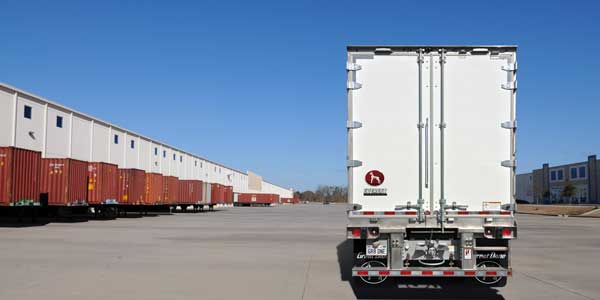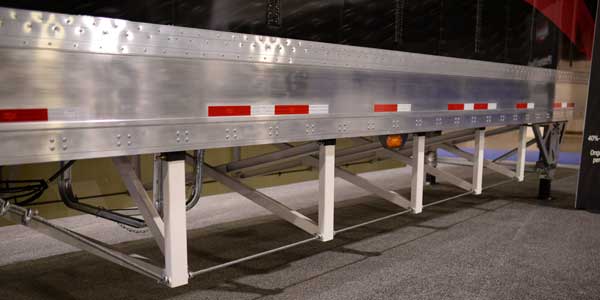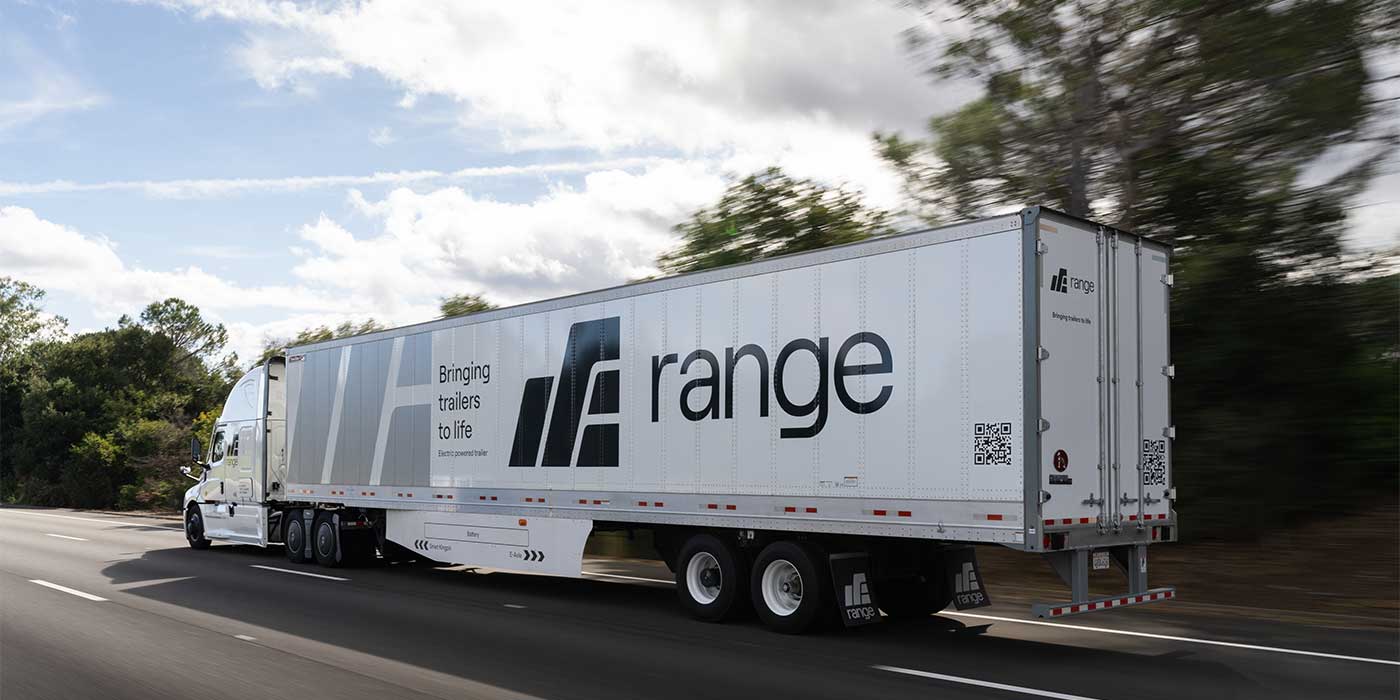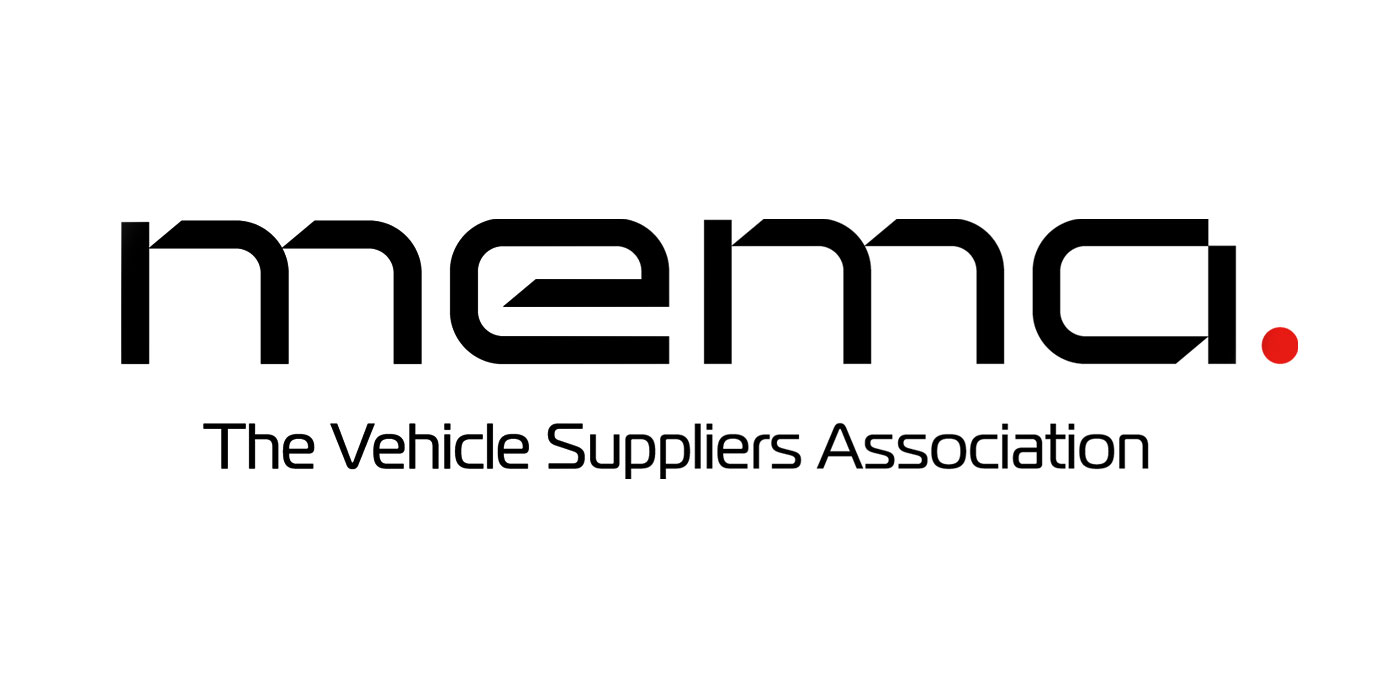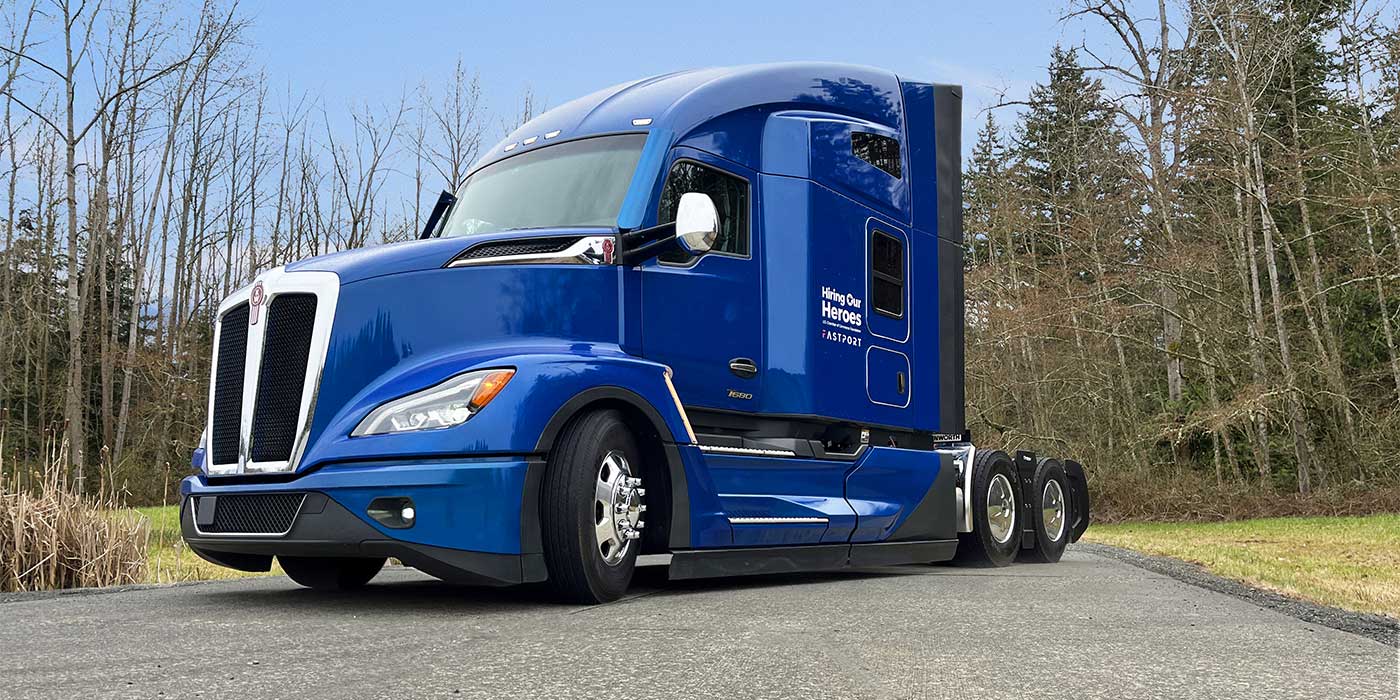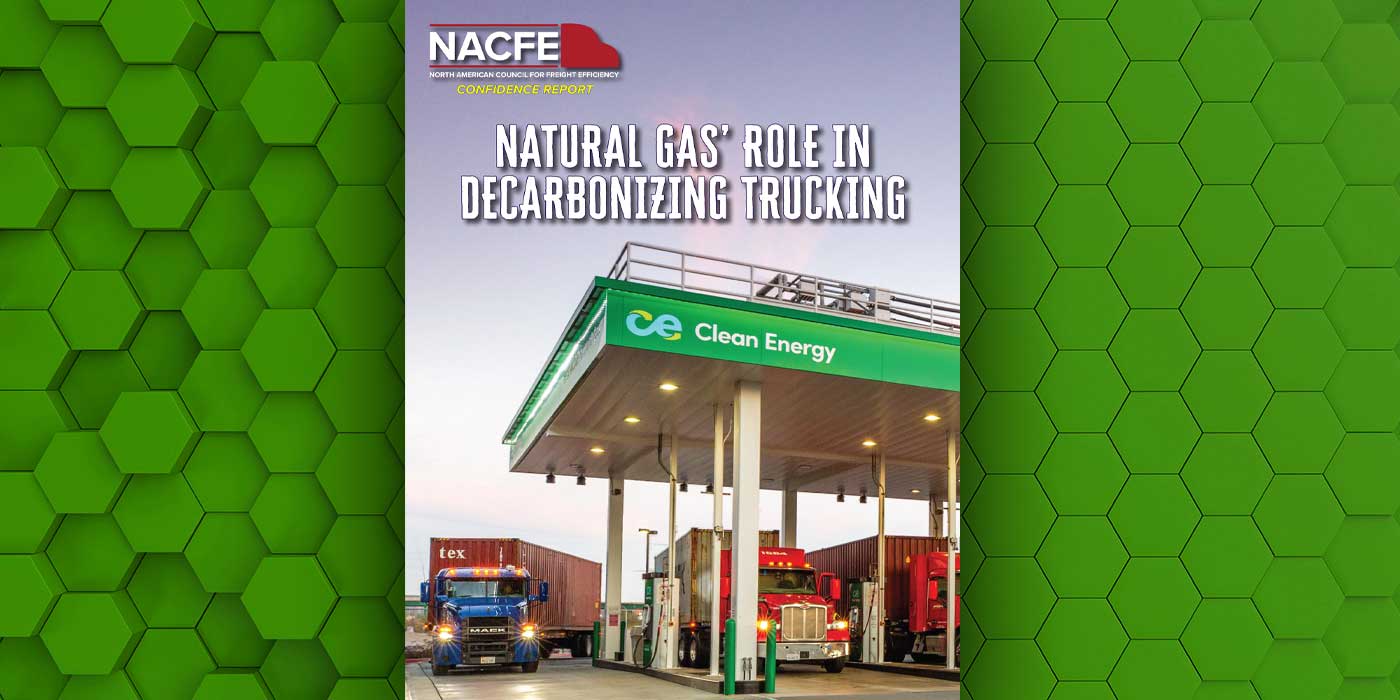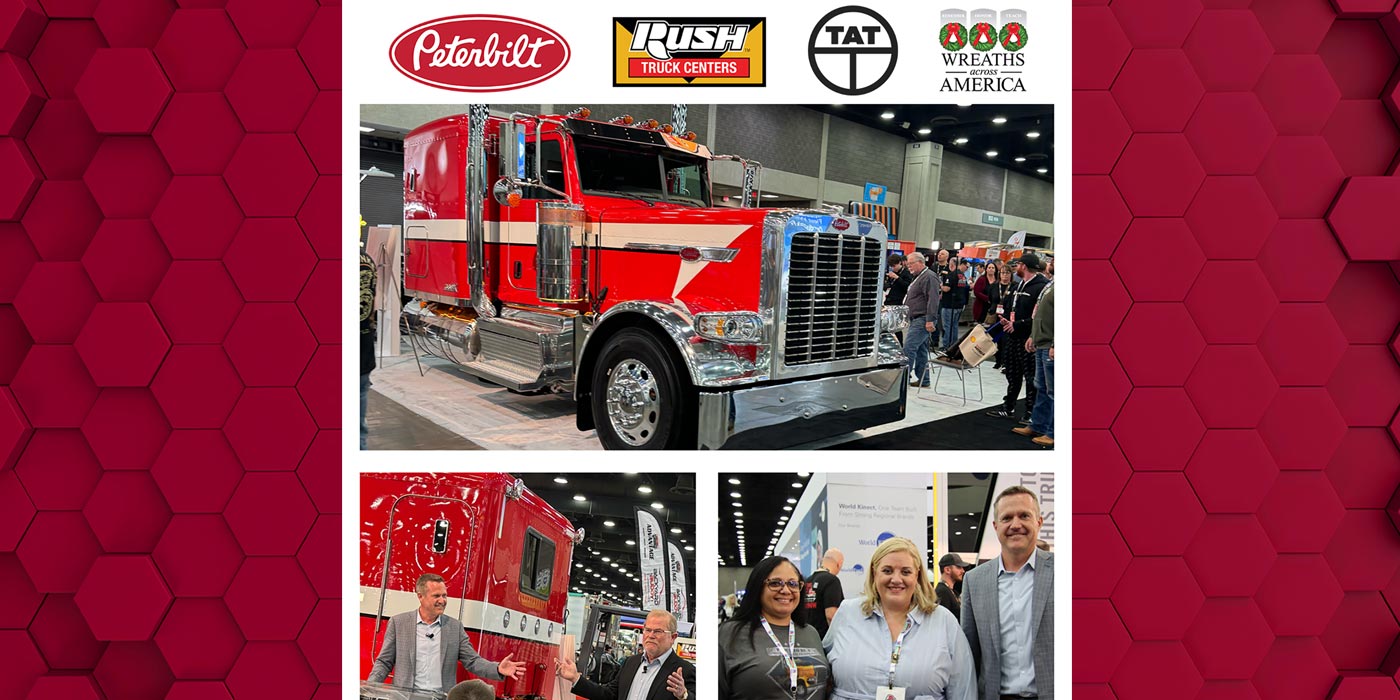Being part of the transportation industry means putting safety above all else. It is the equipment manufacturer’s job when designing trucks and trailers to minimize the potential for serious consequences to both the truck and the other vehicles on the road in the event of a crash.
With that in mind, many trailer manufacturers have recently decided to strengthen the designs of their rear underride guards. The newer designs are built to stop an automobile from sliding under the trailer in the event of a rear-impact crash.
The number of fatalities due to underride crashes was 2,205 within a 10-year period ending in 2014, according to the National Highway Traffic Safety Administration (NHTSA). While many of the older underride guards were compliant under federal regulations—which have not been updated since 1998—new rear impact guard designs have taken a huge step forward to help mitigate or even prevent serious injuries, or deaths, when these types of crashes take place.
Great Dane’s new rear impact guard, the RIG30, was released in early 2017 and is now standard on all Great Dane trailer models. It can be retrofitted onto trailers of model year 2007 and later.
“The RIG30 is designed to help stop vehicles from sliding beneath a trailer in a rear-impact crash, and that can help prevent injuries,” says Chris Lee, Great Dane’s vice president of engineering. “The RIG30 can protect an impacting vehicle in the event of a centered impact, but also extends safety out across the horizontal length of the guard to help mitigate vehicle underride and other collisions.”
Wabash National released its RIG-16 Rear Underride Guard System for van trailers in February of 2016.
“We established our ultimate goal of creating a guard that would prevent underride in offset impact scenarios up to 35 MPH and better absorb and deflect vehicle impact at any point along the bumper,” says Robert Lane, vice president of product engineering for Wabash National.
Lane says that Wabash’s goal was to design a rear impact guard that prevented passenger compartment intrusion (PCI) in any overlap impact without adding significant weight and/or cost. Passenger compartment intrusion is the collapse or partial collapse of the passenger seating area of the vehicle as the result of a collision.
“In addition, we engineered the rear impact guard so it wouldn’t negatively affect the operation of the trailer in any way,” he notes.
While safety is paramount, it is also important for fleets to avoid adding weight to their trailers. Lane notes that with traditional materials, such as conventional steels, the design Wabash chose would have added a significant amount of weight. But, he says, Wabash used specialty high-strength steel in their RIG-16 design that actually reduced the overall trailer weight by more than 100 lbs.
Lane goes on to note that Wabash spent more than two years in R&D—including conducting nine crash tests—before introducing the RIG-16 to the market.
“Since there were no defined, measurable test requirements for an offset collision, we chose to focus on eliminating PCI,” he says. “We began with design and computer simulations for initial verification of concepts before committing resources to physical crash testing for validation testing.
“The combined experience of IIHS [Insurance Institute for Highway Safety] testing and Wabash National’s R&D efforts clearly demonstrated that a rear impact guard’s ability to balance strength, deflection and passenger compartment intrusion is highly dependent on trailer design,” Lane notes. “For example, in our nine iterative crash tests we used the same trailer to conduct each test without having to make trailer repairs, only replacing the rear impact guard after each test. Not only were we successful in developing a solution that prevents passenger compartment intrusion of a vehicle in an offset collision, we did it in a way that maintains the structural integrity of the trailer itself.”
Stoughton Trailers introduced its rear underride guard in June of 2016, and it is now a standard feature on Stoughton’s dry van trailers and its PureBlue refrigerated trailer line.
“The new guard was targeted to provide a design that would provide further protection relative to a greater potential for offset impacts. The rear portion of the trailer was re-evaluated to provide optimal performance without adding weight or cost to our customers,” says Gary Fenton, vice president of engineering with Stoughton Trailers.
Fenton adds that the project involved dozens of in-house quasi-static tests, as well as multiple crash tests, in order to settle on the optimal final design. Stoughton were participants in the aforementioned IIHS testing, as was Great Dane.
The next step?
The next step in improved trailer safety could be the implementation of side underride guards—which, unlike rear underride guards, are not required by federal law.
The IIHS, a nonprofit organization dedicated to reducing losses from vehicle crashes, conducted tests this past year that showed the potential reductions in serious injury or death from crashes by using a side underride guard.
IIHS ran two 35-MPH crash tests: one with an AngelWing side underride protection device from Airflow Deflector Inc., and a second test without a side underride guard.
According to IIHS: in both tests, a midsize car struck the center of a 53-ft. dry van trailer. In the AngelWing test, the underride guard bent but didn’t allow the car to go under the trailer, so the car’s airbags and safety belt could properly restrain the test dummy in the driver seat. In the second test with no underride guard for protection, the car ran into the trailer and kept going. The impact sheared off part of the roof, and the sedan became wedged beneath the trailer. In a real-world crash like this, any occupants in the car would likely sustain fatal injuries.
“Our tests and research show that side underride guards have the potential to save lives,” David Zuby, the IIHS’s executive vice president and chief research officer, said in a statement. “We think a mandate for side underride guards on large trucks has merit, especially as crash deaths continue to rise on our roads.”
There is currently a bill working its way through Congress that would require underride guards on the sides and front of heavy-duty trailers. The bipartisan measure, dubbed the Stop Underrides Act, was introduced by Sen. Kirsten Gillibrand (D- N.Y.), Sen. Marco Rubio (R-Fla.), Rep. Steve Cohen (D-Tenn.) and Rep. Mark DeSaulnier (D-Calif.). It also includes language that would mandate strengthened rear underride guards.
Much like the strengthened rear underride guards, designing safe side guards would take significant engineering and testing efforts, as trailer manufacturers would not want to add guards that adversely affect the overall trailer design, or that add too much weight.
Wabash’s Lane says that the company is working on developing a side impact guard solution that can reduce the potential for side underride incidents.
“Currently, we have designed and tested a prototype side impact guard and skirt combination that exhibited promising crash test results, while weighing 40 to 50% less than other products on the market,” he says. “We have taken the knowledge gained from this test and are currently in process of optimizing the design for both performance and weight for our next crash test.”
Other areas of safety
Lighting is also important in improving trailer safety. NHTSA has found that enhancing conspicuity of heavy trucks led to a reduction in collisions between trucks and passenger vehicles. Lane says that it was for this reason that Wabash designed its advanced lighting system to enhance visibility for vehicles following behind trailers.
Great Dane’s Lee echoes the importance of lighting for trailer safety.
“We have implemented new electronic systems that can be used for collision avoidance as well as pedestrian safety. Great Dane’s ReverseAlert four-in-one backup alarm system combines all stop, tail, turn and back-up functions into one single, industry-standard size lamp. It activates–sounding a horn and activating lights–when the wheels turn backward, providing greater safety for both drivers and pedestrians.
“Great Dane also partnered with ASA Electronics to design the industry’s smallest wireless rear-mounted camera system, which gives drivers increased awareness of the action behind their rigs on the road, in parking lots and during docking maneuvers. These cameras can help avoid accidents and increase driver and pedestrian safety,” he continues. “Great Dane also uses all LED lamps, including dual intensity rear ID cluster lights and LED strip lighting in the cove molding of our Everest reefers for additional safety on the road and while loading and unloading cargo.”

